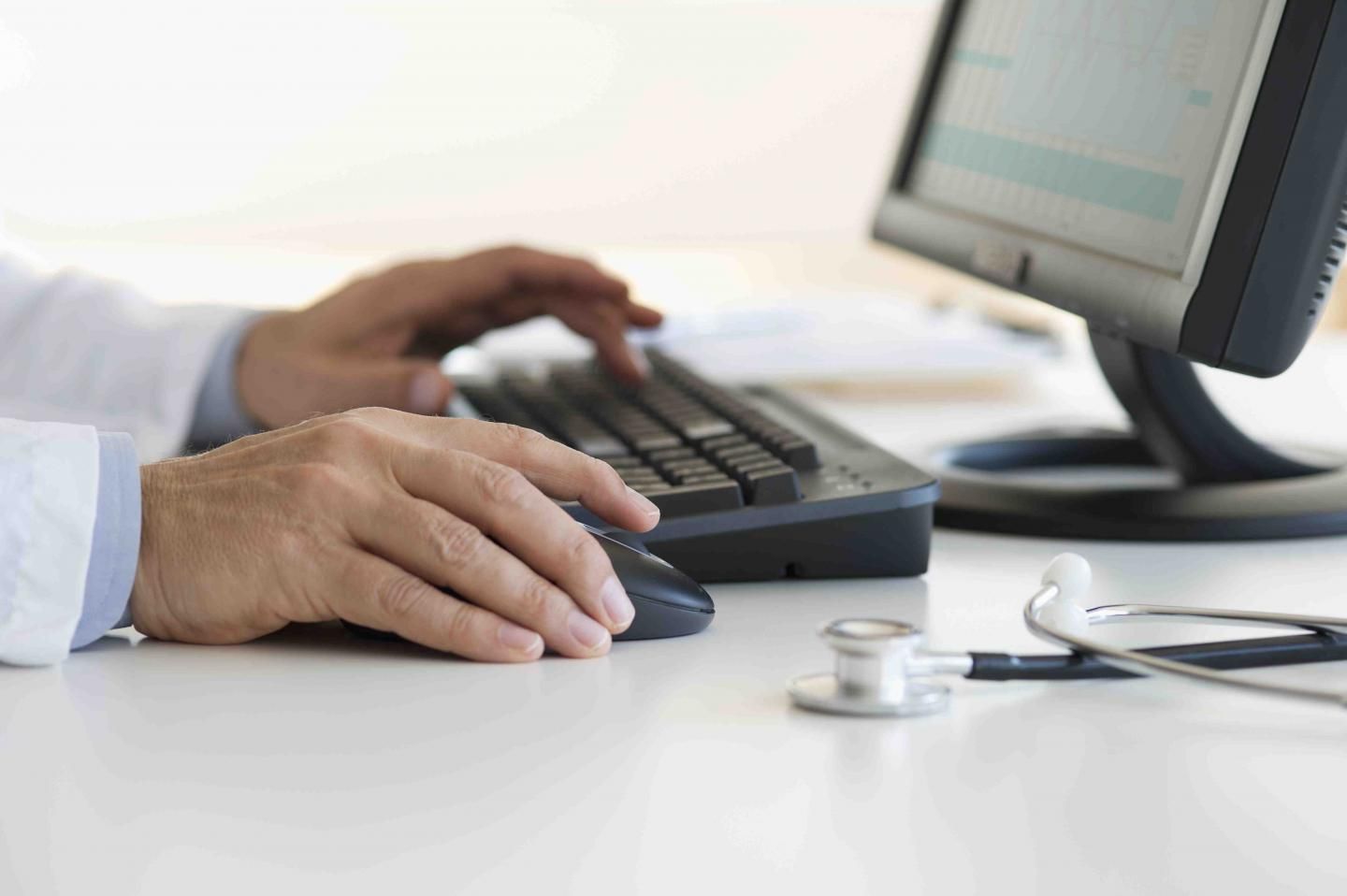How Technology Can Answer Some of the Healthcare Environment's Pressing Needs
Speak With An Expert
Hola mundo alerta alerta
Authored by guest blogger Debbie Hauser, Marketing Manager | Key Source International
Like any industry, healthcare has a unique set of considerations, specifically when it comes to protecting its people – both patients and employees. First off, there is the need to protect patient records. HIPAA compliance remains a core focus of any data security team, specifically since the penalties for noncompliance can range from $100 to $50,000 per violation (or per record), with a maximum penalty of $1.5 million per year. There also is the need to protect from contamination. Perhaps no other industry requires such stringent infection control protocols as healthcare. But let's not forget, healthcare workers are employees just like the rest of us. They require basic technology to make their lives easier and their workload more efficient.
With the demands on technology pulling in so many directions, a solution that helps address these concerns in one solution seems to be a no brainer. At KSI, we're dedicated to solving as many healthcare needs as possible with the use of technology. Here are some of the leading needs we've seen in healthcare environments, and how we've chosen to address them with the use of the technology:
Disinfectant Ready
Have you ever really taken a look at your keyboard? Unless you recently cleaned it, you're most likely going to see a few sticky fingerprints and perhaps some dust bunnies. Keyboards collect dust, hair, and food, not to mention an assortment of germs. In healthcare, keyboards not only need to be cleaned, but they also need to be sanitized. Our Healthcare Desktop System with the LinkSmart® Keyboard Powered by San-a-Key® Software for Infection Prevention answers this need as the only user-defined keyboard monitoring system designed to aid in the control of cross contamination and the spread of germs at the clinical desktop. The keyboard never needs to be removed from its station - 98% of all germs can be disinfected right at the desktop, without down time and without cable management issues. Plus, it provides analytics regarding who cleaned the keyboard, when it was cleaned, etc.
Built-In Analytics
Speaking of analytics, the need to collect relevant data is ever increasing. It's no longer just okay to disinfect the workstation. Administrators need user-associated documentation of the cleaning for compliance-related reporting. Our analytics software is integrated right into the keyboard system, allowing users to push a button to start the disinfecting process and then collect information about the cleaning right from the desktop. This information is extremely helpful for infection control and to rule out the source of contamination if an outbreak occurs.
Horizontal Space Considerations
Nothing is more frustrating than needing to plug in a device and realizing you don't have enough ports to do so. Wireless mouse, credential reader, etc. – they all need to be plugged in somewhere. With our keyboards, we streamline through one USB port, limiting the number of cords and the constraints on your ports and freeing up the workstation horizontal space.
Security is a Must
Circling back to HIPAA, security in healthcare is an absolute must. Patient records must be protected to ensure HIPAA compliance, which is why we turn to some of the industry's leading technology to do so. At KSI, we use RF IDeas' pcProx Plus credential readers to allow users to authenticate access to protected patient records, ensuring only authorized individuals have access to confidential records. But what happens if a healthcare worker steps away from their workstation and leaves their data unprotected? Not a problem with RF IDeas' pcProx® Sonar. When busy healthcare workers step away from their workstations, their records automatically are locked, and require authentication to reactivate.
Protection in healthcare takes on many different meanings. From HIPAA compliance and protecting against contamination to ensuring a simplified work environment for healthcare workers, technology is helping to eliminate the risks from these concerns.